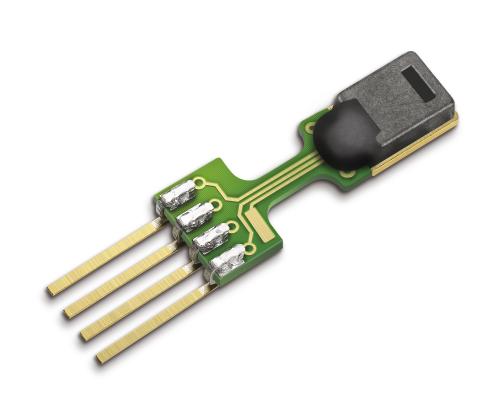While extremely valuable to achieve advanced functions, mobile phone sensors can be abused by attackers to implement malicious activities in Android apps, as experimentally demonstrated by many state-of-the-art studies. There is hence a strong need to regulate the usage of mobile sensors so as to keep them from being exploited by malicious attackers. However, despite the fact that various efforts have been put in achieving this, i.e., detecting privacy leaks in Android apps, we have not yet found approaches to automatically detect sensor leaks in Android apps. To fill the gap, we designed and implemented a novel prototype tool, SEEKER, that extends the famous FlowDroid tool to detect sensor-based data leaks in Android apps. SEEKER conducts sensor-focused static taint analyses directly on the Android apps' bytecode and reports not only sensor-triggered privacy leaks but also the sensor types involved in the leaks. Experimental results using over 40,000 real-world Android apps show that SEEKER is effective in detecting sensor leaks in Android apps, and malicious apps are more interested in leaking sensor data than benign apps.
翻译:虽然移动电话传感器对于实现先进的功能极有价值,但正如许多最新研究实验所显示的,移动电话传感器可能被攻击者滥用,以便在Android 应用程序中开展恶意活动。因此,非常需要管制移动传感器的使用,以防止它们被恶意攻击者利用。然而,尽管为实现这一点作出了各种努力,即探测Android 应用程序中的隐私泄漏,但我们尚未找到自动探测Android 应用程序中传感器泄漏的方法。为了填补这一空白,我们设计和实施了一种新型的原型工具,即SEECER,该工具将著名的流动机器人工具扩展至探测Android 应用程序中以传感器为基础的数据泄漏。SEECER直接对Android 应用程序进行以传感器为重点的静水分析,不仅报告传感器触发的隐私泄漏,而且报告与泄漏有关的传感器类型。使用40,000多种真实世界和机器人应用程序的实验结果显示,SEECER在探测Android 应用程序中的传感器泄漏方面是有效的,恶意应用程序对泄露传感器数据比良性应用程序更感兴趣。




